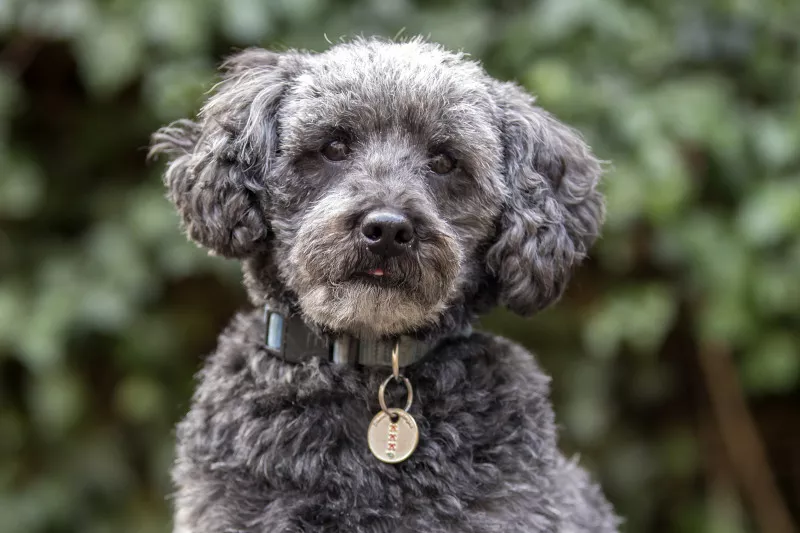The Schnoodle is a delightful hybrid dog, created by crossing a Poodle with a Schnauzer. Since both breeds come in different sizes—Poodles in Toy, Miniature, and Standard, and Schnauzers in Miniature, Standard, and Giant—Schnoodles can vary significantly in size. Depending on their lineage, they can weigh anywhere from 6 to 75 pounds and stand between 10 and 26 inches tall.
You might also hear them referred to as Miniature Schnauzer Poodle mixes. These dogs are known for their affectionate, loyal nature and impressive intelligence. Thanks to their Schnauzer heritage, they can sometimes be a bit suspicious of strangers. Their appearance is equally diverse; Schnoodles may have curly, wavy, or straight coats in colors such as black, white with black, gray, silver, apricot, or sable.
The Origins of the Schnoodle

The Schnoodle first appeared in the 1980s during the rise in popularity of Poodle hybrids. Breeders aimed to create a family-friendly, low-shedding dog by combining the Poodle with the Schnauzer. Because it’s a mixed breed, the Schnoodle isn’t officially recognized by major kennel clubs and lacks a formal breed standard. However, it can be registered with organizations like the American Canine Hybrid Club or the Designer Dogs Kennel Club.
Pros and Cons of Owning a Schnoodle
Size and Weight
Schnoodles come in Toy, Miniature, and Standard sizes, depending on the mix of their parents. Toy Schnoodles typically stand 10–12 inches tall and weigh 6–10 pounds. Miniatures are a bit larger at 12–15 inches and 13–20 pounds, while Standard Schnoodles range from 15 to 26 inches tall and can weigh anywhere from 20 to 75 pounds. The final size of your Schnoodle will depend on the specific genetics of both parents.
Health Concerns
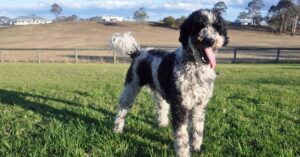
Before adopting a Schnoodle, it’s helpful to understand the potential health issues they might face. Some of the most common conditions include:
-
Addison’s Disease: A hormonal imbalance that can cause vomiting, diarrhea, and loss of appetite. With proper diagnosis, it can be managed with medication.
-
Epilepsy: This seizure disorder can lead to convulsions or fainting. While there’s no cure, it can often be managed with guidance from a vet.
-
Progressive Retinal Atrophy: A degenerative eye condition that can eventually lead to blindness.
Personality and Temperament

Schnoodle personalities can differ based on which size of Schnauzer and Poodle were bred together. In general, they’re known for being friendly, affectionate, and loyal companions. They tend to be alert, making them great watchdogs. However, if your Schnoodle has Giant Schnauzer ancestry, they might inherit a more dominant or independent streak, which can require more patience during training.
Caring for Your Schnoodle
Feeding and Diet
The right food for your Schnoodle depends on their size, age, and activity level. Choose a high-quality dog food that supports their overall health and is appropriate for their life stage. For example, puppies will need a nutrient-rich formula and should be fed three to four times a day due to their small stomachs.
Look for dog foods with added probiotics, digestive enzymes, and omega fatty acids to support their sensitive stomachs and immune system. Ingredients like taurine are also beneficial for eye health—important for a breed prone to progressive retinal atrophy.
Grooming Needs
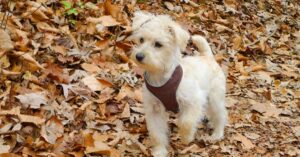
A Schnoodle’s coat can vary, but regular grooming is essential regardless of texture. Most Schnoodles need brushing a few times a week to prevent matting. Occasional trimming or professional grooming might be necessary as well. These dogs typically shed very little, which makes them a great option for allergy sufferers. Don’t forget about regular ear cleaning, nail trimming, and dental care, too.
Training
Thanks to their intelligence and eagerness to please, Schnoodles are usually easy to train. While some may show a bit of stubbornness, starting training early and using positive reinforcement methods will go a long way in building good behavior.
Exercise Requirements
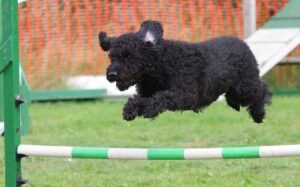
Schnoodles need a moderate amount of daily exercise. Aim for 30 to 60 minutes of activity each day, whether through walks, playtime in the yard, or indoor games. Keeping them mentally and physically stimulated helps prevent boredom and related behavior issues.
Raising a Schnoodle Puppy

Training and socializing your Schnoodle puppy early is key to helping them become a well-mannered adult dog. Before bringing your puppy home, make sure you have all the basics—food, toys, a comfy bed, and a safe space for them to explore.
Schnoodles and Kids
Most Schnoodles are great with children, thanks to their playful and loving nature. They can make fantastic companions for kids, but it’s important to teach children how to interact respectfully with pets. Always supervise interactions between young kids and dogs to keep everyone safe.
Dogs Similar to Schnoodles
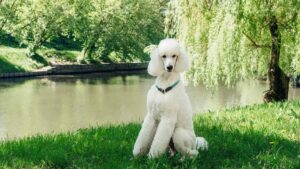
If you’re drawn to the Schnoodle, you might also like:
-
Poodles – Intelligent and affectionate, they often do well in homes with other pets.
-
Giant Schnauzers – Playful and protective, they share the Schnoodle’s alert nature but tend to be larger.
-
Maltipoos – Another Poodle mix, Maltipoos are smaller and also known for their intelligence and family-friendly demeanor.
Famous Schnoodles
-
Weegee – Actress Claire Danes’ beloved Schnoodle.
-
Butters – A popular Instagram Schnoodle who enjoys outdoor adventures and has thousands of fans.
Popular Schnoodle Names
Looking for the perfect name? Here are some favorites for Schnoodles:
-
Bandit
-
Bentley
-
Humphrey
-
Lucky
-
Milo
-
Bella
-
Luna
-
Precious
-
Molly
-
Katie
